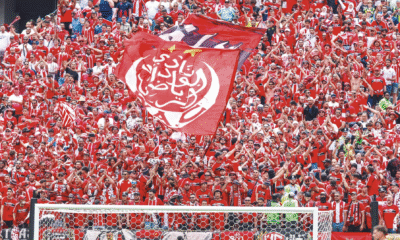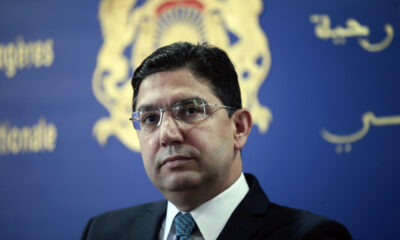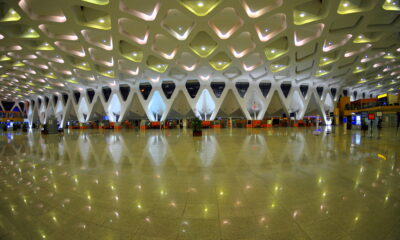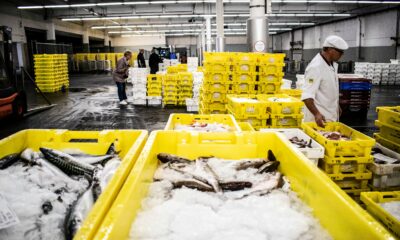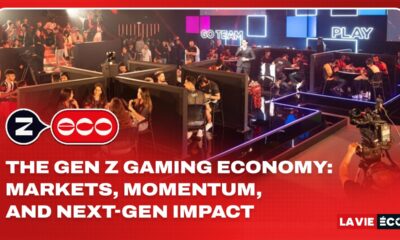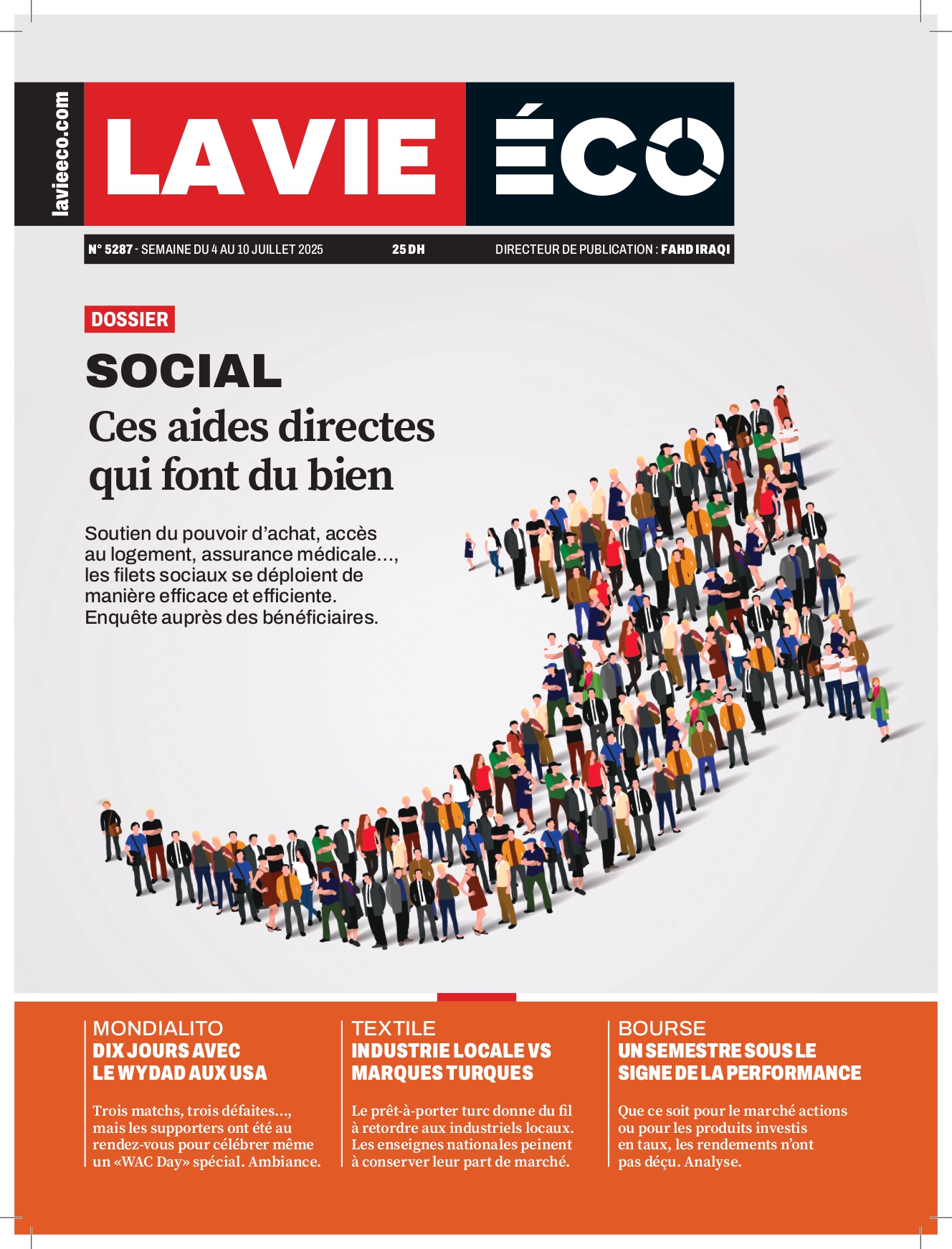Business
Moroccan Textile Industry Elevates Its Range and Targets Africa and the Americas
Moroccan textile and apparel industry holds steady in its historic European market amid global challenges. AMITH aims to strengthen international gains and stay vigilant against Turkish competition impacting local brands.
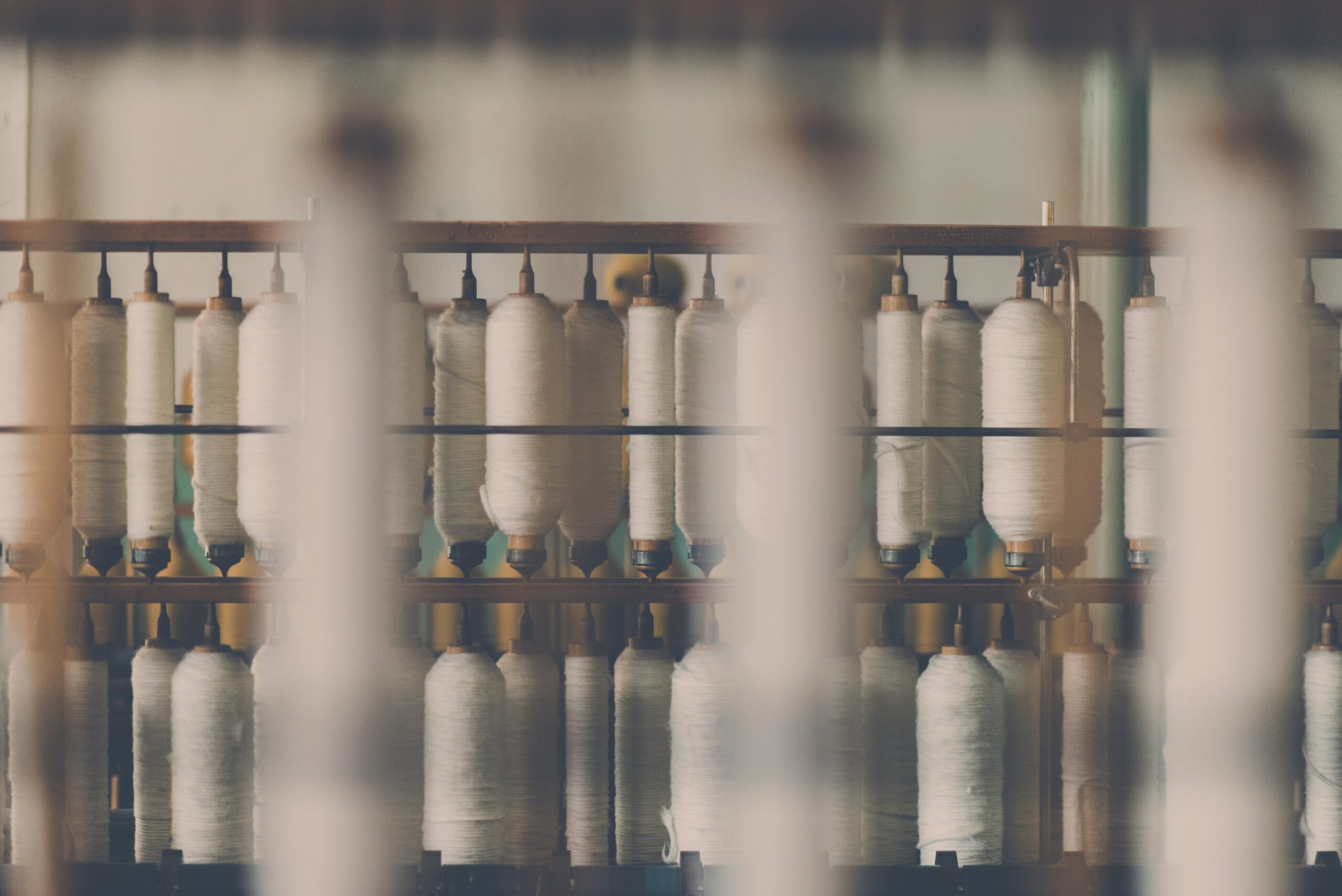
Anass El Ansari Renews Partnership with Aladdine El Bahraoui for a Second Term Leading Morocco’s Textile and Apparel Industry Association (AMITH)
For this new 2025-2028 mandate, amid major sectoral challenges, industrial shifts, and heightened international competition, their ambition is twofold: “To consolidate gains and launch new structural projects. We will strengthen our regional presence through our regional branches and intensify international outreach via B2B missions and increased participation in global trade fairs.”
The textile industry president is optimistic and confidently begins his new term, emphasizing that “the Moroccan textile and apparel sector has shown remarkable resilience, despite a global context marked by geopolitical tensions, persistent inflation in client countries, and intense competitive pressures.”
Indeed, according to the latest Eurostat data, Morocco is solidifying its position in the European market. It ranks as the eighth-largest supplier to EU countries, achieving 9% growth in the first quarter of 2025 compared to 6.8% during the same period in 2024. Notably, direct competitor countries saw declines in exports, including Turkey (-0.9%) and Tunisia (-3.9%).
Exports reached 6.8 billion dirhams, with 58% generated in the Spanish market. The French, German, Italian, and Benelux markets followed, with shares of 21.4%, 7.26%, 4.2%, and 3%, respectively.
While the 9% export increase confirms Morocco’s resilience and competitiveness, its market share fell to 2.8% from 3.2% last year. However, this decline does not dampen the sector leader’s confidence, as he explains: “This drop appears temporary, linked to seasonal effects and transitional disruptions.”
Encouraging Performance, Significant Challenges…
Several factors, some cyclical, are cited, including: Seasonal fluctuations, as Q1 is typically slower after peak year-end production for holiday collections; Logistical disruptions (delays in maritime/air transport, port congestion, or rising freight costs temporarily slowing shipments); The global economic slowdown or uncertainties in key markets (Europe, USA), temporarily reducing demand; Adaptation to stricter environmental or social compliance standards, which may temporarily hinder export flows.
Overall, El Ansari underscores that despite this context, “Morocco maintains a competitive position in key segments, notably fast fashion and value-added production.” Indeed, Moroccan textiles and apparel retain their premium positioning.
Moroccan apparel, with an average price of €30.87 per kilo, ranks among the priciest behind Tunisia (€37.64 per kilo). The average price for other suppliers stands at €20.37 per kilo.
While performance is encouraging, challenges remain significant. El Ansari stresses that the decline in export market share in Europe “calls for vigilance, including close market monitoring to detect signs of prolonged slowdown, rapid adaptation of commercial and logistical strategies, and strengthened market and product diversification.”
He adds: “We are reinforcing our historical positions in Europe while opening new prospects in North America and Africa.” To support this momentum, the sector has invested in strategic areas like sustainable textiles and recycling industries to align with global sustainability demands.
Domestically, the industry faces intensified foreign competition, particularly from Turkey, and pressure on local consumers’ purchasing power. Turkish exports to Morocco focus heavily on low-cost finished goods for local consumption.
“In principle, yes, complementarity is possible”
The AMITH president notes the growing prominence of Turkish imports. “Since the signing of the Morocco-Turkey Free Trade Agreement, Turkish textile products—often competitively priced and well-designed—have flooded the Moroccan market, particularly in ready-to-wear.”
This has harmed Moroccan textile producers, eroding market share for local brands, reducing production volumes, and causing factory closures and job losses in downstream sectors like manufacturing and distribution.
“Moroccan manufacturers face direct competition in mass-market products, destabilizing the local economy. Few Turkish investments translate into productive integration with Moroccan partners, such as co-development or co-manufacturing,” explains El Ansari.
He further notes that Turkish imports target local consumers rather than supplying Morocco’s industrial sector, making any true complementarity—despite Turkish claims—unlikely.
Turkey’s strengths lie in upstream production (fabrics, accessories, technical textiles) and rapid, cost-effective small-quantity deliveries. Morocco, meanwhile, excels in downstream production (fast fashion expertise, proximity to Europe, logistical agility, and value-added assembly for international brands).
El Ansari sees potential for synergy: “Turkey could supply raw materials, and Morocco could process and export to Europe or Africa. But currently, this complementarity remains unrealized.”
Thus, for AMITH—which remains open to complementarity—this represents an opportunity, not an automatic reality. It can only become credible and sustainable if grounded in a balanced relationship that respects the interests of both parties.
Concretely, it would enable joint industrialization—not merely the flow of Turkish goods—manifesting through partnership projects, investments, and skills transfer to Morocco.
Without this, the two countries risk falling into a logic of commercial dominance rather than balanced cooperation, despite the complementary strengths of their industrial capacities and geographic positions, which are ripe for building a regional textile ecosystem.

